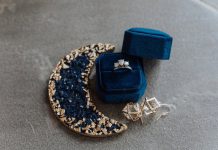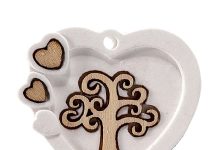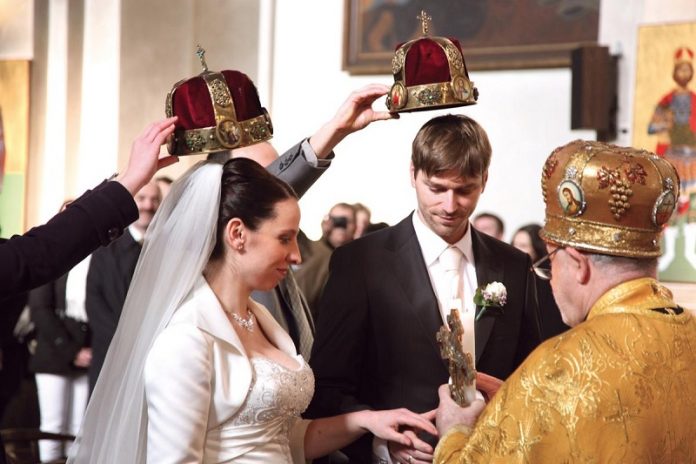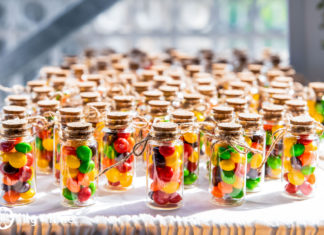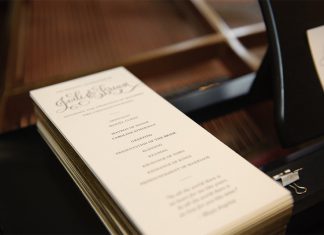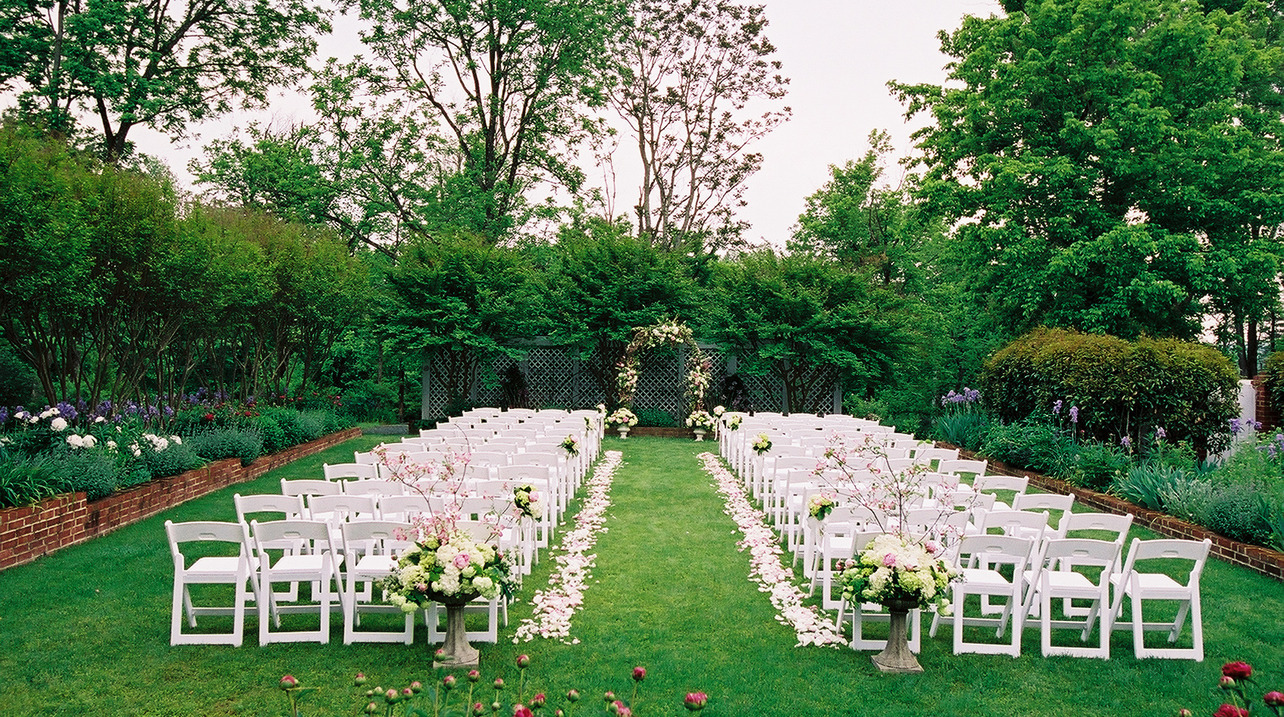When you think about weddings, you probably have a myriad of thoughts that come to your mind. As a guest, weddings can appeal to all of your senses. There is delicious food to eat and smell, tasty drinks, beautiful flowers and decorations, and sheer joy that comes from some of your loved ones tying the knot. As a bride or groom-to-be, you probably consider other things, such as expense, logistics, and exactly what you need to do to make this event go off without a hitch. You probably also have a lot of questions. Is a bouquet necessary? Who should walk the bride down the aisle? Why do people wear wedding bands?
The following are some of the explanations and meanings of bridal traditions that you’ve always wondered about. Here are 6 of our favorite wedding traditions, and their origins:
- The Father-Daughter Walk Down the Aisle – A father walking his daughter down the aisle was once a gesture meant to symbolize the passing off of ownership from one man, the bride’s father, to another man, her husband-to-be. (It was also accompanied by a tangible gift, of either money, food, or livestock, which isn’t exactly how we do it these days.) Now, the walk is used as a way to honor a special man (or woman) in the bride’s life, be it her father, or in the absence of a father, a brother, uncle, or close family friend, who is honored and respected for their role in raising the bride. It symbolizes trust and the transference of that trust and responsibility to a new family member, the husband (or wife) to be. There’s no right or wrong way to do this other than what works for you and your family. Many brides elect to have no one walk them down, and that’s okay, and some have mom and dad, or possibly even the grandparents take the walk as well.
- The Rings – Wedding rings have a similar origin story, related to payment for a bride. Back in the medieval days, a groom would pay a bride’s father for her hand in marriage, and this payment often included precious stones. In ancient Rome, rings were made of iron, which was a custom that eventually led to the metal wedding ring tradition. All of these different traditions meshed together and formed today’s version of an engagement/wedding ring. These rings are worn on the fourth finger of the left hand because it was once believed that there is a vein in that finger that ran directly to the heart. (This has been debunked now, however.) Today, the wedding ring is a symbol of love and commitment and should remind you of the vows that you took on the day you said “I do”.
- Wearing White -The wearing of a white dress began in 1840, when Queen Victoria wore a white gown. Before the queen influenced popular culture, brides would wear blue, which symbolized purity, as the white gown does today, or another bright color. White was often a color of wealth and status in general– only someone who could afford to have their garments cleaned often would make their clothing in white, particularly elaborate things. Surprisingly, the real reason that Victoria chose the white dress was because she wanted the lace to be the prominent feature and she felt that it stood out most appropriately against that color. Choosing lace was meant to help revitalize that industry, so it was a political as well as a personal decision. Either way, the dress was beautiful and people talked about Victoria’s “White Wedding” so much that it changed fashion for hundreds of years to come. Many brides these days are still choosing white, but occasionally opting for shades of ivory, cream, or gold depending on their skin tone. Non-traditional brides may elect to forget Victoria’s advice entirely and go for red, blue, or even black dresses.
- The bouquet – The bouquet also came from ancient times. They were originally made up of aromatic bunches of spices, herbs, and other things, and were believed to ward off evil spirits. Each spice had a different meaning. Sage, for example, meant wisdom. Flowers eventually took the place of these herbs and spices and took on a meaning of their own.
- Throwing Rice – The throwing of rice comes from the Middle Ages. Rice was considered a symbol of fertility and was thrown onto the couple to help them add to the human race. Nowadays, many couples opt for bubbles, birdseed, or confetti made out of dried flowers. This is due to a couple of reasons, guests can trip on certain slick or soapy items, and get seriously hurt. Also, these items can be difficult to clean, and they often have negative impacts for grass, birds, and other creatures.
- Something Old, Something Blue – Probably the wedding tradition that most everyone is familiar with, the “something old, something new, something borrowed, and something blue” saying comes from the Victorian era. Each of these things were used to bring the bride good fortune, especially when all of them were worn together at the ceremony. The old item was to connect the bride to her past and her family, and the new one was to symbolize the journey and family that she was about to start with her husband. The something borrowed was an item borrowed from an already happily married couple so that the couple’s good fortune could be passed on to the newlyweds. Something blue was worn to symbolize faithfulness and loyalty in the new relationship. Part of the rhyme that is often left off is “a six pence in my shoe”. A six pence was often placed in the bride’s shoe (now days a penny would be used) for good luck.
Of course, we haven’t even begin to touch on all of the traditions, there are so many. They’ve all evolved throughout time, and each one has its own storied history. If you are getting ready for a wedding, make sure to research the meaning of each item before you nix or add something to your special day — you may find that it ends up holding even more meaning if you do.


